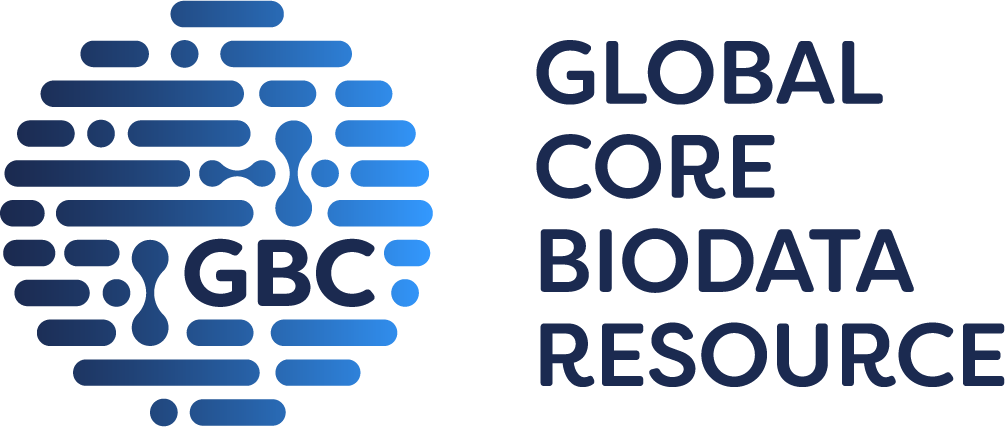Any feedback?
Literature summary extracted from
- Cation- and anion-dependent reassociation of formyltetrahydrofolate synthetase subunits (1974), J. Biol. Chem., 249, 394-401.
Activating Compound
| EC Number | Activating Compound | Comment | Organism | Structure |
|---|---|---|---|---|
| 6.3.4.3 | spermine | stimulates activity only in absence of NH4+ | Clostridium cylindrosporum |
General Stability
| EC Number | General Stability | Organism |
|---|---|---|
| 6.3.4.3 | addition of monovalent cations to the dissociated enzyme causes the inactive monomers to reassociate to the active tetramer. The order of cation effectiveness is NH4+ > Tl+ > Rb+ ~ K+ > Cs+ > Na+ ~ Li+. The rate and extent of reactivation is influenced by the counter ion: sulfate and phosphate stimulate reassociation, thiocyanate, trichloroacetate, and perchlorate completly inhibit reassociation. The extent of reactivation is dependent upon protein concentration. The optimum protein concentration depends on the pH at which reactivation is performed | Clostridium cylindrosporum |
Organism
| EC Number | Organism | UniProt | Comment | Textmining |
|---|---|---|---|---|
| 6.3.4.3 | Clostridium acidi-urici | - |
- |
- |
| 6.3.4.3 | Clostridium cylindrosporum | - |
- |
- |
Substrates and Products (Substrate)
| EC Number | Substrates | Comment Substrates | Organism | Products | Comment (Products) | Rev. | Reac. |
|---|---|---|---|---|---|---|---|
| 6.3.4.3 | ATP + formate + tetrahydrofolate | - |
Clostridium cylindrosporum | ADP + phosphate + 10-formyltetrahydrofolate | - |
? | |
| 6.3.4.3 | ATP + formate + tetrahydrofolate | - |
Clostridium acidi-urici | ADP + phosphate + 10-formyltetrahydrofolate | - |
? |
Subunits
| EC Number | Subunits | Comment | Organism |
|---|---|---|---|
| 6.3.4.3 | tetramer | enzymes exist as a catalytically active tetramer in the presence of specific monovalent cations or as an inactive monomer in their absence | Clostridium cylindrosporum |
| 6.3.4.3 | tetramer | enzymes exist as a catalytically active tetramer in the presence of specific monovalent cations or as an inactive monomer in their absence | Clostridium acidi-urici |





